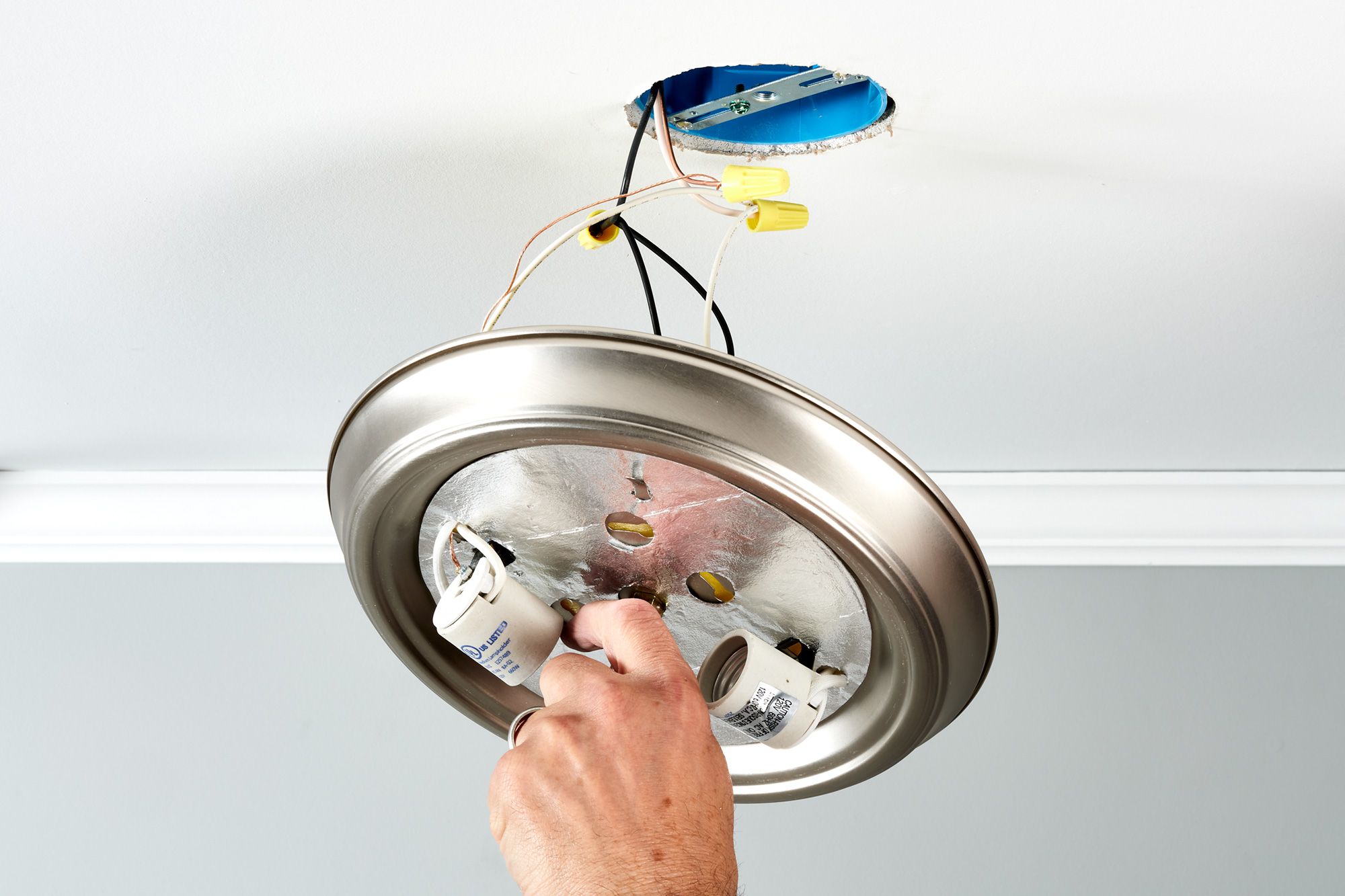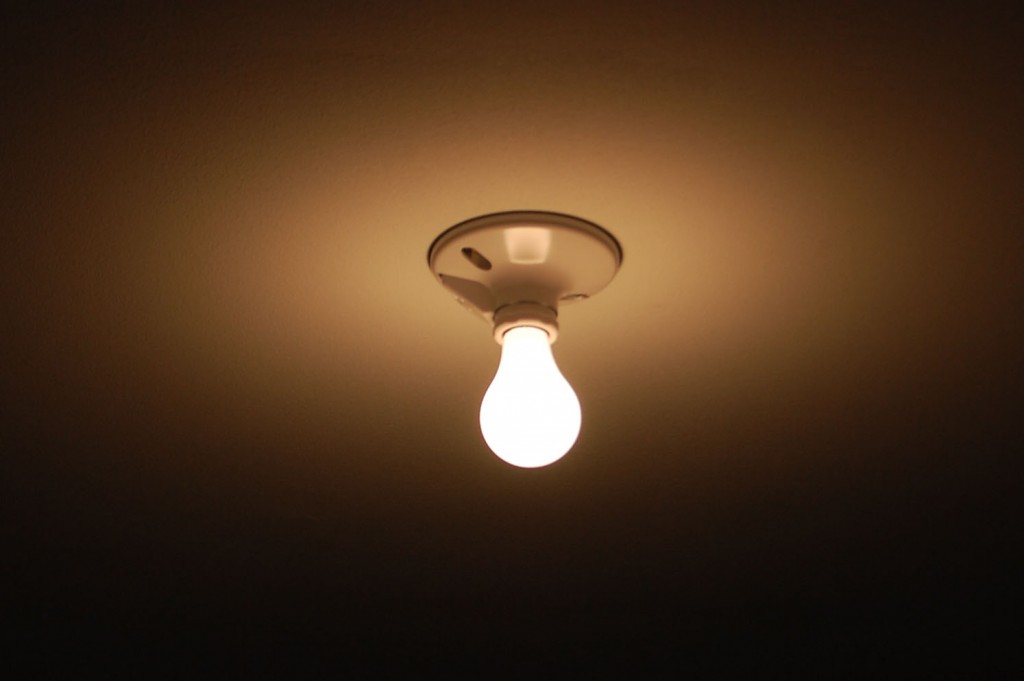LED bulbs are becoming more and more popular due to their energy efficiency and long lifespan. They can be used in many different types of fixtures, including incandescent, halogen, and fluorescent fixtures. However, you should be aware of the differences between these types of fixtures before you decide to switch out your old light bulbs for LED bulbs.
For example, LED bulbs are not as bright as incandescent bulbs and they may not work with fluorescent fixtures. But, overall, LED bulbs are a great choice for eco-friendly and cost-conscious consumers.
Feel The Benefits Of Energy Efficient LED Bulbs
What are some common types of LED bulbs?
LED bulbs come in a variety of shapes and sizes, but the most common type is the A19. This bulb is about 2.4 inches wide and 4.7 inches tall. It has a standard screw base that fits into almost any fixture. Other popular types of LED bulbs include the BR30 (used in recessed light fixtures), the R20 (used in track lights and recessed light fixtures), and the PAR38 (used outdoors or in commercial buildings).
What is a fixture?
A fixture is the housing of a lamp or lighting device. Fixtures are typically found in homes, but they can also be found in commercial buildings and on street lights. Common types of fixtures include table lamps, floor lamps, ceiling fans, vanity mirror lights, track lights, recessed light fixtures, sconces, and more.
What do different types of fixtures have in common?
Fixtures come in many different shapes and sizes, but there are some similarities between them all. They all contain sockets that hold the bulbs. The wires of the bulb connect to the socket so that electricity can power the bulb. Finally, most fixtures contain some sort of shade or cover designed to diffuse the light produced by the bulb inside of it.
What types of fixtures can be found in homes?

Ceiling fans and track lights contain bulbs that project light down onto a surface like the ground or a table. Vanity mirrors and recessed light fixtures also produce downward-facing lighting. Recessed light fixtures are built into ceilings while vanity mirror lights sit on top of furniture like vanities and desks; they function by reflecting light off of a wall or other surface to provide general illumination for the surrounding area.
Table lamps, floor lamps, and sconces create ambient lighting by projecting the bulb's light upwards toward walls or ceilings where it is dispersed throughout the room. This type of lighting is perfect for relaxing or reading.
How to choose a good fixture?
When choosing a fixture, it is important to consider the size of the room and the type of light that you want. In general, larger rooms should have more fixtures than smaller rooms. If you are looking for a general source of light, then choose a fixture with a large bulb. If you are looking for ambient lighting, then choose a fixture with a small bulb.
Also, be sure to match the style of the fixture to the style of your home. You don't want to install a modern track lightly in a traditional home or vice versa.
Can you use LED bulbs in any fixture?
LED lights are available in many different types of base options. They can be purchased as screw-in, pin, wedge, bayonet, or GU10 bulbs that fit into standard incandescent sockets. LED light bulbs can also be purchased in small candelabra, medium Edison screw (E26), mogul screw (E39), and large mogul socket sizes for chandeliers and other fixtures where the bulb is visible. Just make sure you get an LED bulb that's compatible with your fixture before purchasing it so you don't have to return them later on.
Difference between LED and incandescent light bulbs
The primary difference between LED and incandescent bulbs is that LED bulbs use much less energy. An LED bulb can last up to 25 times longer than an incandescent bulb, and it will use 80% less energy.
This means that you will save money on your electricity bill over time by replacing your incandescent bulbs with LED bulbs. LEDs also produce little heat, so they are a safe option for homes with children or pets. LED bulbs provide a more rapid response time than incandescent lights, so they can be used to create special effects with moving parts.
LED lights also work well with digital devices such as an MP3 player, computer, or television since they do not produce any interference and can help keep these products functioning longer.
How do incandescent fixtures work?

Incandescent fixtures use a light bulb that produces light when an electrical current passes through it. The filament in the light bulb is heated until it glows, and the light is emitted from the bulb.
Can you use an LED bulb in an incandescent fixture?
Yes, you can use an LED bulb in an incandescent fixture. However, you should be aware that LED bulbs are not designed to work with incandescent fixtures. Incandescent fixtures are not as efficient at dissipating heat as LED fixtures are, so using an LED bulb in an incandescent fixture may cause the LED bulb to overheat.
Additionally, the light output from an LED bulb may not be as bright as the light output from an incandescent bulb in the same fixture.
Can you use LED lights in halogen fixtures?
LED lights can be used in halogen fixtures. The main advantage of using a LED light bulb is the power efficiency. Since you will be powering your LED light with less wattage than what your halogen fixture originally required from the electrical outlet, you may find that it now takes longer for your battery to drain inside a flashlight or torch.
Can you use LED lights in fluorescent fixtures?
LED bulbs are not designed to work with fluorescent fixtures as they do not run on the same voltage. Fluorescent lights require an inverter whereas LEDs require direct currents (DC). If you attempt to use an LED bulb with a fluorescent fixture, the light output will probably flicker and then burn out rather quickly.
Additionally, since most inverters convert AC to DC, there may be a humming noise when the LED light is turned on.
Wattage and lumens aspect
LED lights are more focused on their output, which means that a 60W LED light will not emit the same amount of light as a 60W incandescent bulb. However, an LED will use considerably less energy than a standard incandescent bulb and may last years longer than an incandescent bulb since it does not possess a filament inside the bulb.
If you decide to switch over to using LED lights in your home or for professional lighting needs, remember to look at each lamp's lumens output rather than its wattage. By paying attention to the lumens output instead of just focusing on the wattage used by all types of bulbs (incandescent, halogen, fluorescent), you can ensure that the correct type of bulb is purchased.
If you are worried about the brightness level in your LED light, you can compare it to other lights in your home including fluorescent and halogen fixtures. This will give you a better idea of how bright an LED really is. You can also search online for lumens per watt ratios in order to tell what kind of light output your LED has compared to incandescent or fluorescent fixtures.
Is it okay to mix LEDs with incandescent bulbs in the same fixture?
No, you cannot mix LED bulbs with incandescent in a single fixture. They use different types of current and the LED will not work when it is powered by an incandescent light bulb. They don`t fit each other because LED is a more modern way and uses less wattage. It will be brighter than an incandescent bulb, but it`s not designed to work with an incandescent fixture.
You also cannot use fluorescent lights with LED bulbs as they both use different voltages. Fluorescent bulbs require an inverter, which LED bulbs do not need in order to function. If you try to use a LED light bulb in a fluorescent fixture, the light output will probably flicker and then burn out very quickly. Additionally, there may be a humming noise when the LED light is turned on if you are using an inverter.

Moreover, using an incandescent dimmer with LED lights will not work since LED lights require direct currents to produce light. Instead, you will need a surround light dimmer which is made specifically for LED bulbs.
Using incandescent dimmers with LED lights will not work since LEDs require direct currents to produce their light output. You will instead need to purchase surround light dimmers which are made specifically for LED lights. Thus, it can be concluded that all LED lamps are not directly compatible
How do you find lights that fit?
There are many different places where you can purchase light bulbs for your home or office. If you prefer purchasing online, check out websites like 1000Bulbs.com which offer affordable prices on LED, fluorescent, and halogen lights for all applications. Or if you choose to shop in person (which may be more convenient), check out hardware stores like Lowes or Home Depot for lights that fit the requirements of your lighting fixtures.
Final words
LED lights are a more focused way to emit light and use less wattage than standard incandescent bulbs. If you decide to switch over to LED lights in your home, remember to look at each lamp's lumens output rather than its wattage. By paying attention to the lumens output instead of just focusing on the wattage used by all types of bulbs (incandescent, halogen, fluorescent), you can ensure that the correct type of bulb is purchased.
You can also compare LED lights to other types of lights in your home, such as fluorescent and halogen fixtures, in order to get an idea of how bright they really are. Additionally, if you are worried about the brightness level in your LED light, you can search online for lumens per watt ratios to tell what kind of light output your LED has compared to incandescent or fluorescent fixtures.






